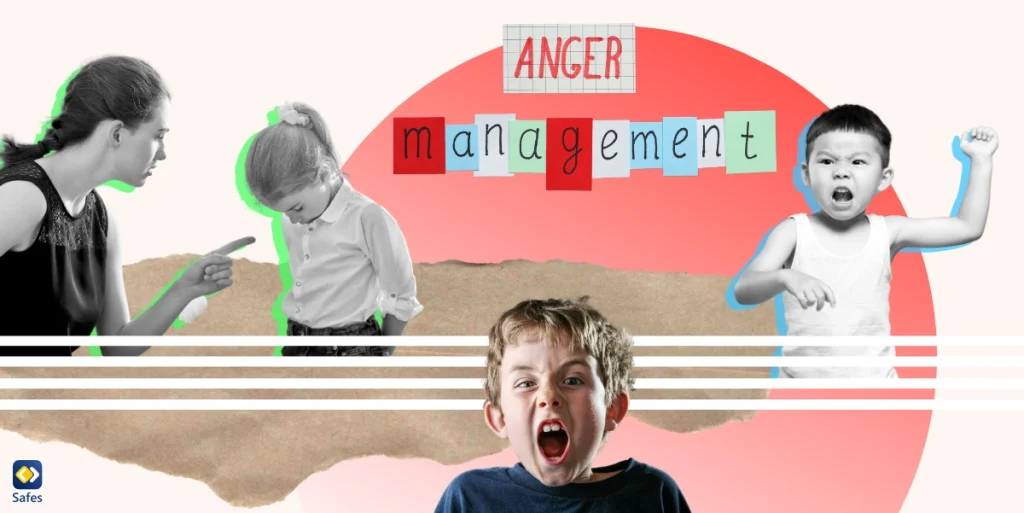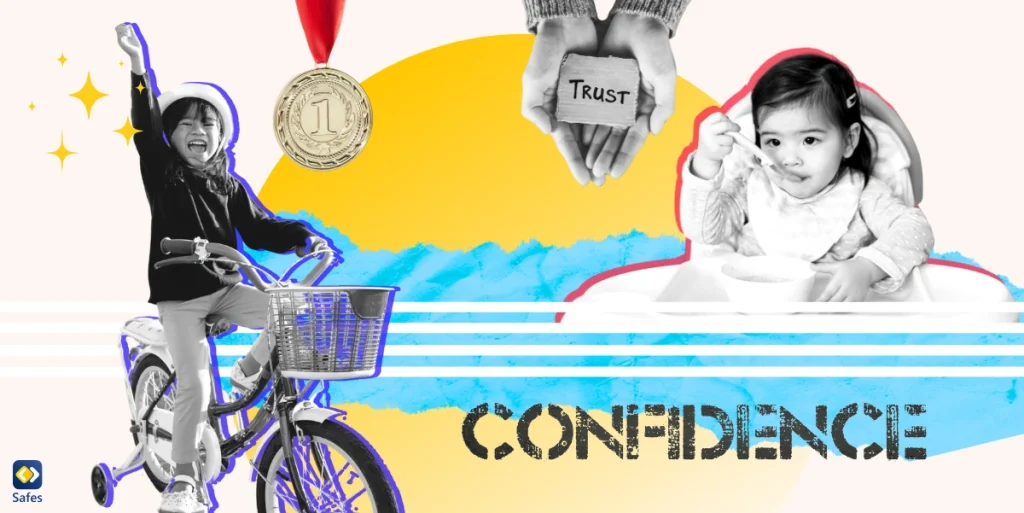Conduct disorder in children is a complex and often misunderstood issue. It is characterized by a persistent pattern of disruptive and violent behavior beyond mere childhood mischief. This guide will shed light on this health condition and provide insights on disciplining a child with conduct disorder.
What Is Conduct Disorder?
Conduct disorder in children is a mental health disorder that’s characterized by patterns of behavior that deviate significantly from societal norms and violate the rights of others. It’s more than just a phase of childhood rebellion. It’s a severe and chronic condition that affects approximately 3% of school-aged children and is more prevalent in boys than girls.
If left unaddressed, conduct disorder can lead to serious long-term consequences, such as:
- Educational challenges
- Legal issues
- Poor relationships
- Risky sexual behavior
Some individuals may also develop antisocial personality disorder—some type of conduct disorder in adulthood.
Recognizing the Symptoms
Differentiating between normal childhood misbehavior and conduct disorder symptoms can be challenging. But here are some of the telltale signs:
Aggression Toward People and Animals
This includes bullying, initiating physical fights, using weapons that could cause serious physical harm, and showing cruelty toward people or animals.
Destruction of Property
Children with conduct disorder may deliberately engage in vandalism or destroying property.
Deceitfulness and Theft
Breaking into houses or buildings, lying for personal gain, and stealing without confrontation (such as shoplifting) are some indicators.
Serious Violation of Rules
Frequent truancy at school, running away from home, and staying out late at night are some of the rule violations that children with conduct disorder may commit.

Types of Conduct Disorder
There are three subtypes of conduct disorder, categorized by the age at which symptoms first appear:
- Childhood-onset: Symptoms started before the age of 10.
- Adolescent-onset: Symptoms began during the teen years.
- Unspecified-onset: The exact age at which the symptoms first began is not clear.
The Diagnostic and Statistical Manual, used to diagnose mental illnesses, also distinguishes between conduct disorder with or without “limited prosocial emotions.” Children or adults with limited prosocial emotions display callousness, lack of remorse or empathy, and are unconcerned about their performance at work or school.
Understanding the Causes of Conduct Disorder
The exact cause of conduct disorder isn’t known, but several biological, psychological, and social factors are often involved:
Brain abnormalities: Impairment of some regions of the brain, which affect judgment and emotional responses.
Cognitive deficits: Low IQ, poor verbal skills, and impairment in executive functioning may make children more susceptible to conduct disorder.
Genetics: Inherited genes may be responsible for about half of antisocial behavior.
Social issues: Factors such as poverty, poor schools, harsh parenting, and inadequate supervision are strongly linked with conduct disorder.
Consulting a Mental Health Professional
Professional diagnosis is crucial in the management of conduct disorder. If attempts to remedy behavior problems at home and school prove ineffective, consult a mental health professional or a physician. They may conduct interviews, review records, and employ psychological testing and other assessment tools to evaluate the child.
Available Conduct Disorder Treatments
Treatment for conduct disorder depends on several factors, such as the child’s age and the severity of behavior problems. Common treatment methods include family therapy, medication, parent training, psychotherapy, and, in severe cases, residential placement.
How to Discipline a Child with Conduct Disorder
Parenting a child with conduct disorder can be highly challenging. However, these strategies can help:
- Creating structure
- Enforcing limits
- Providing clear instructions
- Rewarding positive behaviors
- Using time-outs after inappropriate behaviors or outbursts
Early intervention is key to effective treatment, making it crucial for parents, educators, and physicians to recognize the signs of conduct disorder early.
- Related Articles:
The Role of the Safes Parental Control App
The Safes parental control app can be beneficial for parents dealing with children who suffer from conduct disorder. Safes provides the tools to manage and monitor children’s online behavior, providing peace of mind in the digital age. It can help you set boundaries, track usage, and block access to potentially harmful content. These features can be beneficial for children with conduct disorder, who may exhibit impulsive or risky behavior online.
You can download Safes from our website, Google Play, or App Store. Safes is not just limited to phones; it can also protect your child on their tablets and computers. Find more information in our help center.
Start your free trial with Safes to access resources that help you navigate and address behavioral challenges effectively.
Conduct Disorder in Children: Conclusion
While conduct disorder in children can be daunting, understanding the condition and its symptoms can empower you to seek the right help and support. With early intervention, appropriate treatment, and effective parenting strategies, children with conduct disorder can learn to manage their behavior and lead fulfilling lives.




